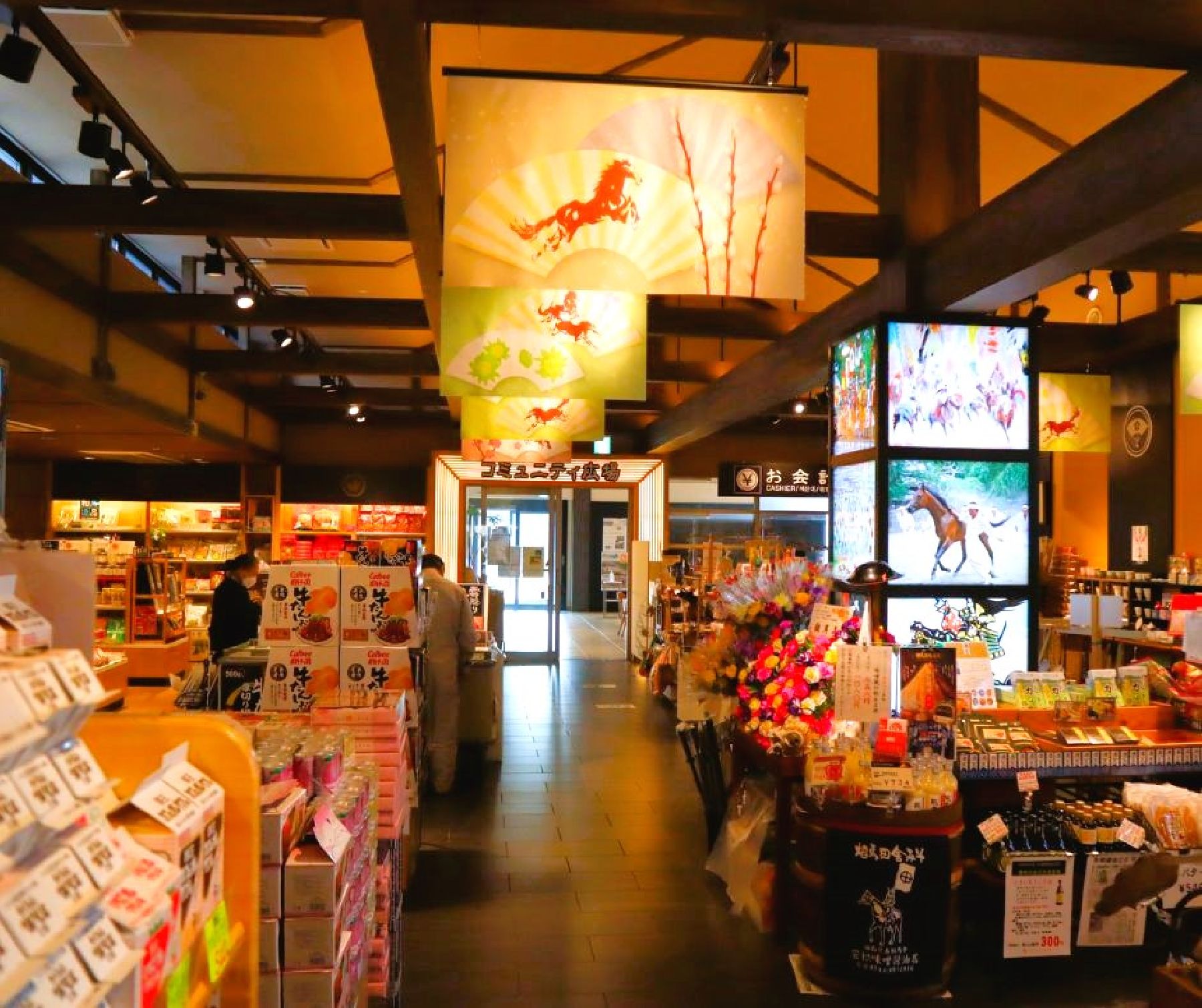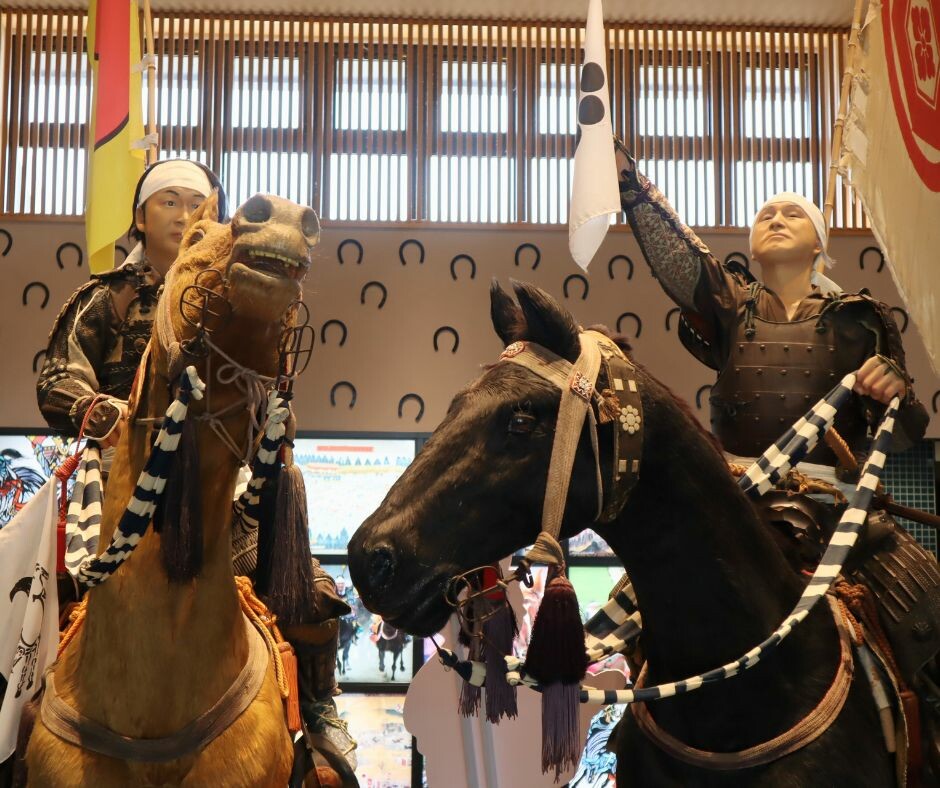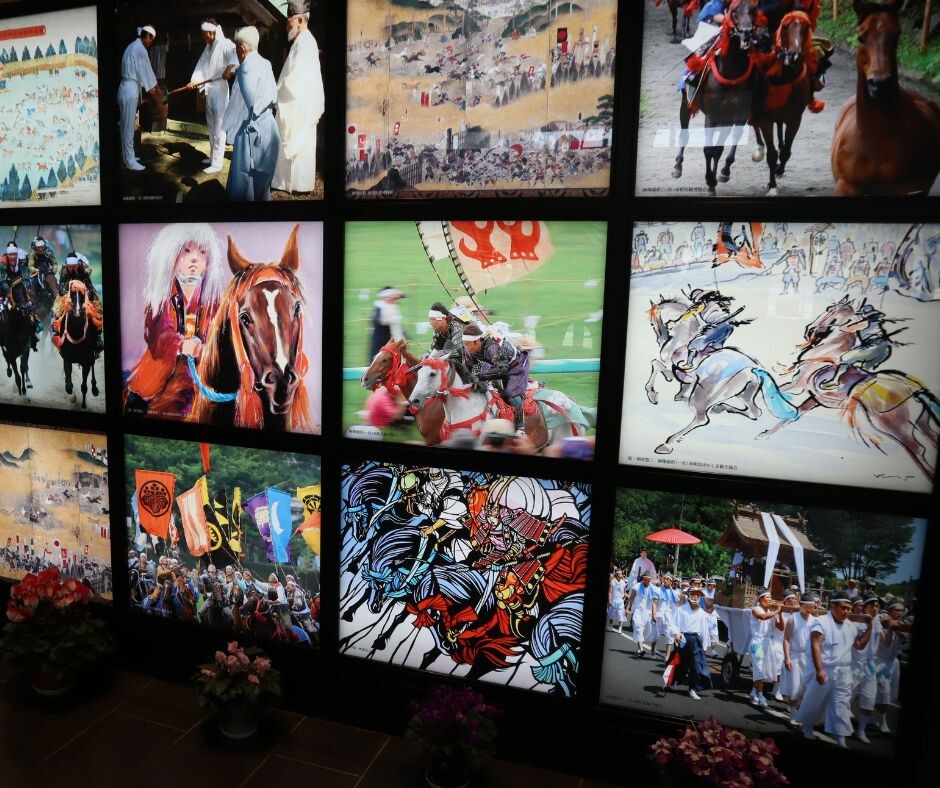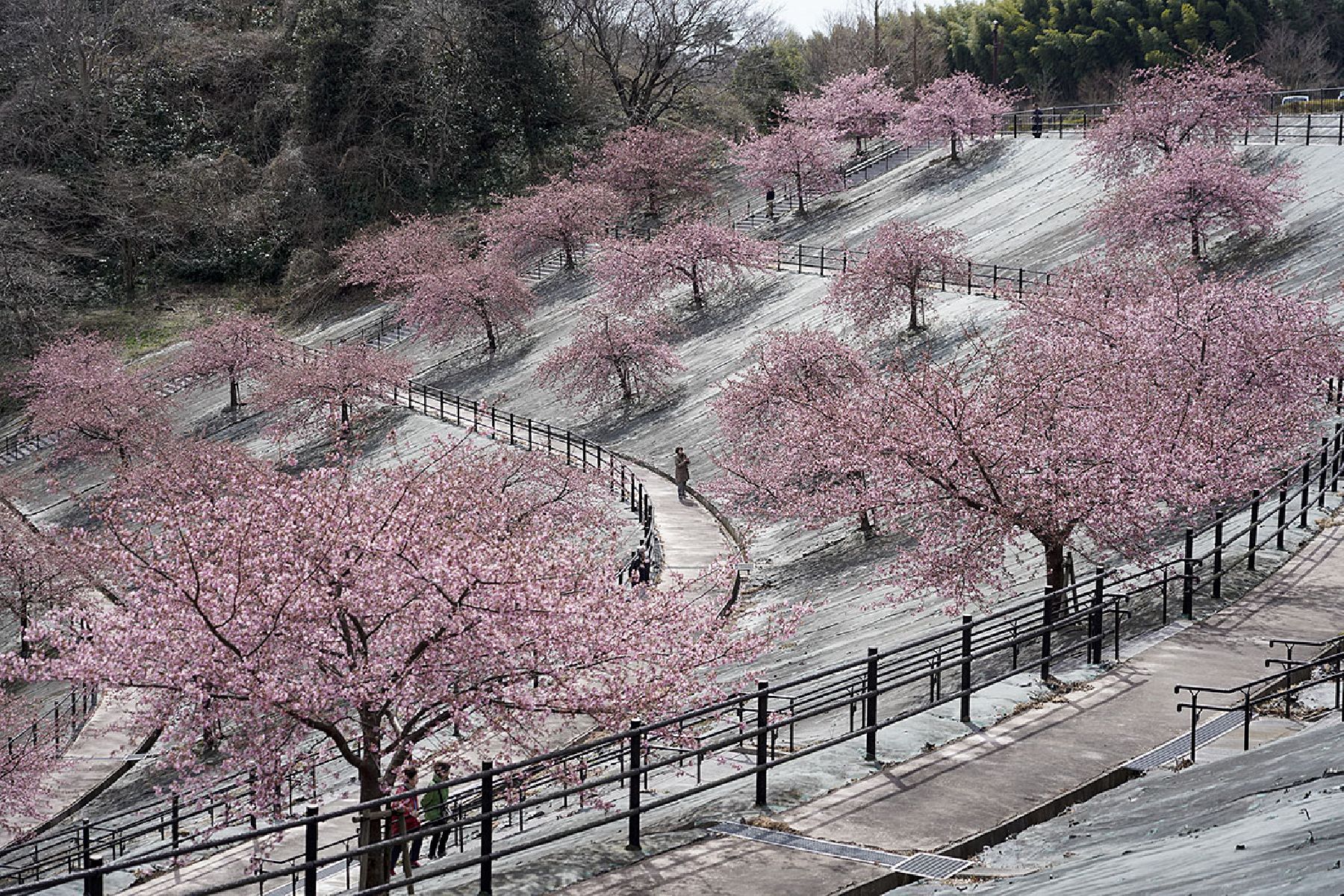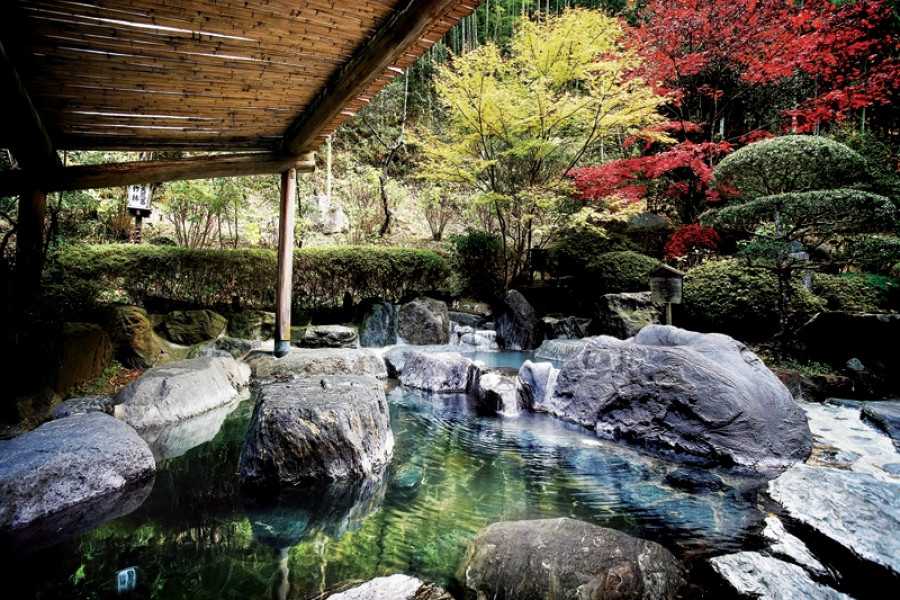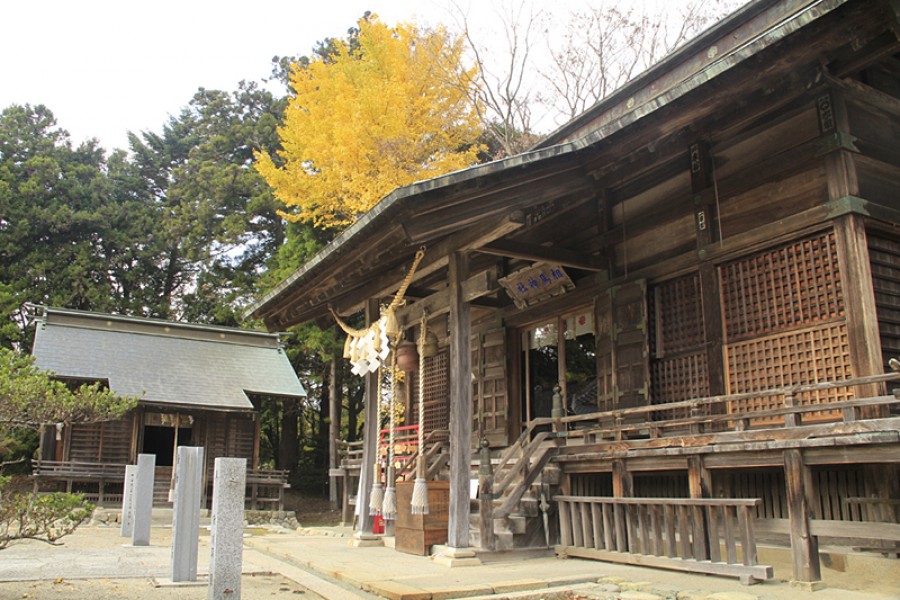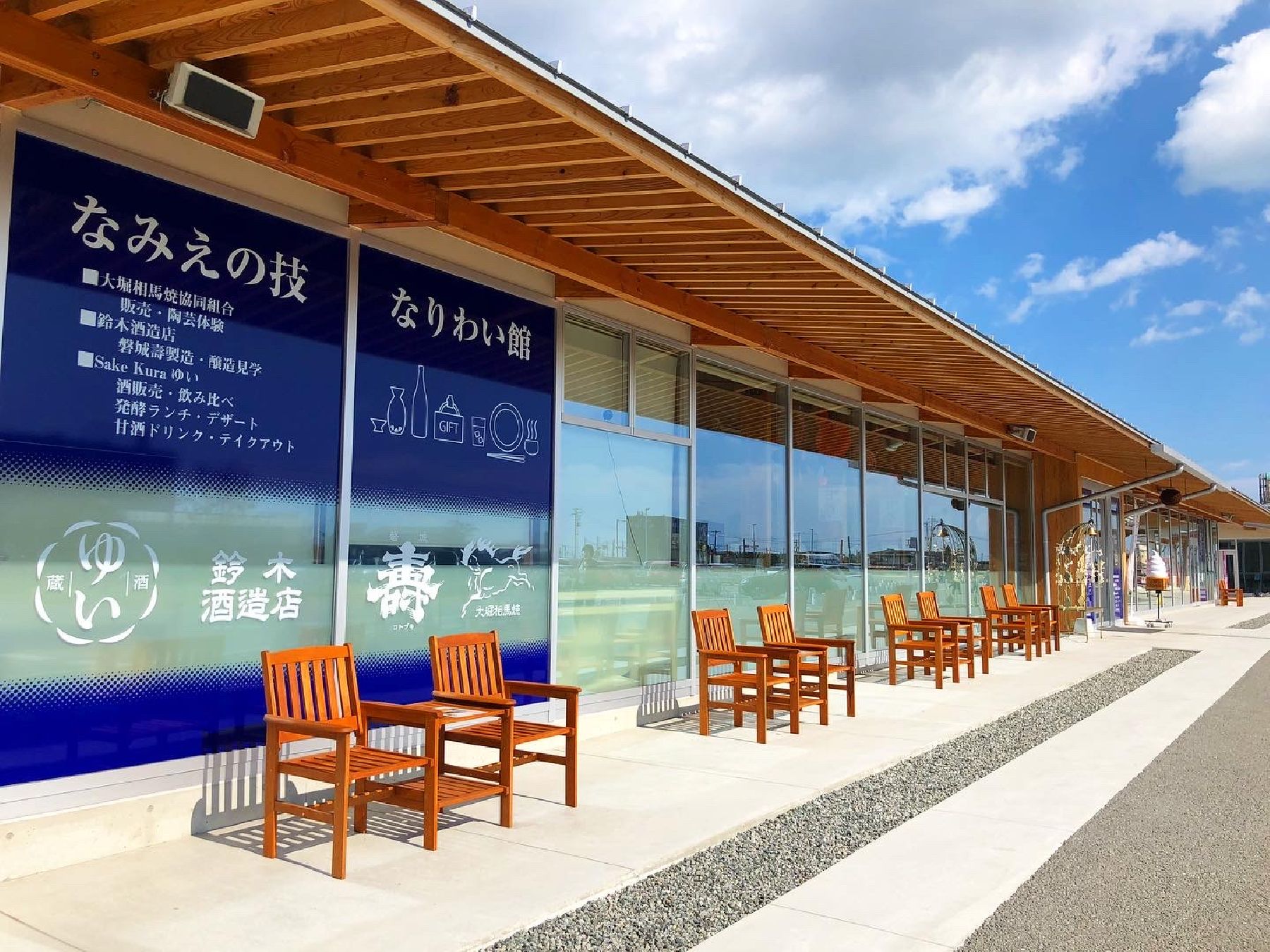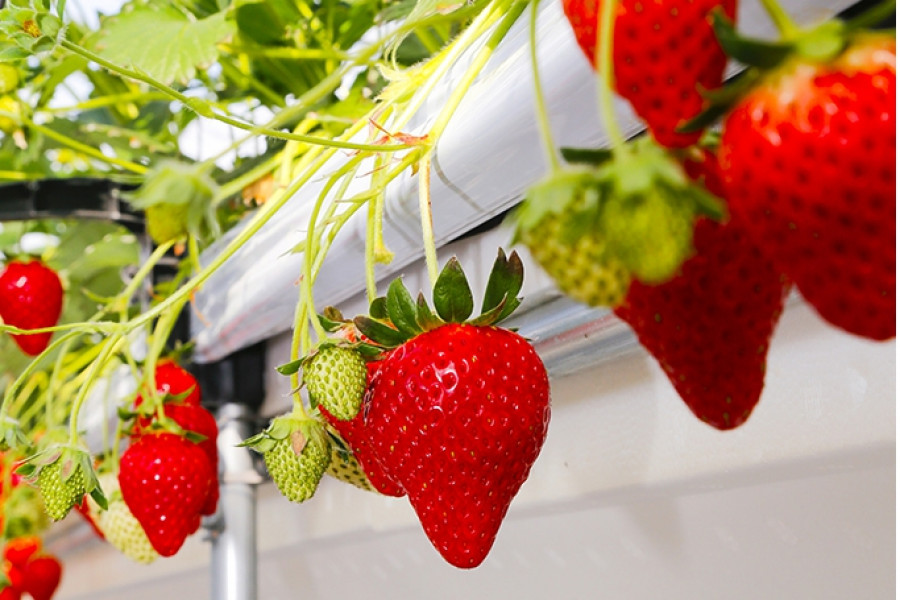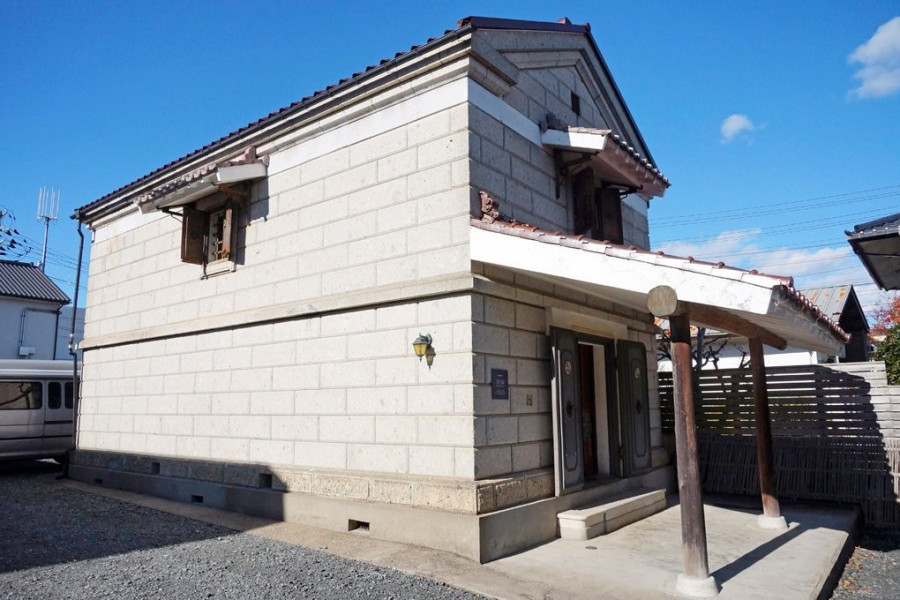
Nomaoi Street Meijo Hall
Nomaoi Street Meijo Hall has been established in the building of the former Matsumoto Brewery, which was a well-known brewery started in the late Edo Period. The hall now primarily functions as exhibition space, lending its unique kura (Japanese warehouse) rooms to host art and photo exhibitions as well as musical events. There are also a couple of small permanent exhibitions about life in the Meiji Period. The relaxed atmosphere of the restaurant Shokusaian is also popular with visitors.
